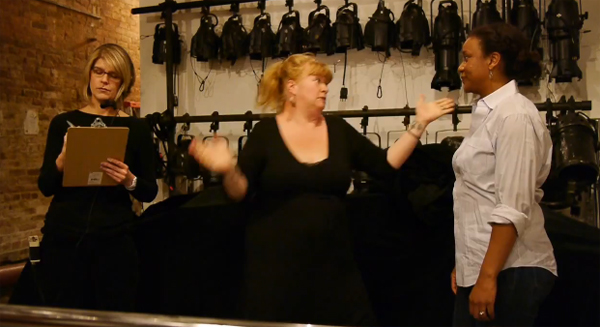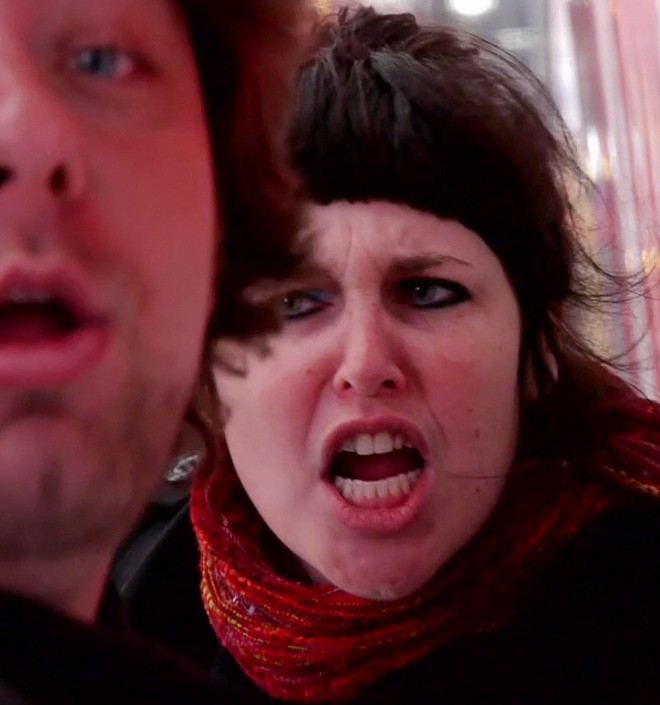What's the difference, anyway?
“Hey, I’ve got an extra theatre ticket for tonight. Want to join me?”
“Sure, play or a musical?”
Plays vs. musicals: Two basic categories for shows. So, what’s the difference?
Generally speaking, plays stick to spoken dialogue in order to tell a story, while musicals do it with song. Plays focus on the spoken word, while musicals set those words singing (so does opera, but that’s another topic) and even dancing.
But wait. Turns out, lots of plays incorporate music in one form or another. Some even include choreography—such as Brian Friel’s play Dancing at Lughnasa.
And most musicals feature plenty of spoken dialogue between songs, unless they are “sung through,” like Evita or Les Misérables.
In other words, these definitions aren’t exactly written in stone. There is even a hybrid form, the “play with music.” Two recent Broadway examples: Peter and the Starcatcher and End of the Rainbow are plays that happen to include a good deal of singing and dancing. And some musicals have very lengthy segments with no songs at all. A case in point is 1776, the classic Broadway tuner about the signing of the Declaration of Independence. That show contains a 30 minute-plus stretch with not a single note played—perhaps because the Continental Congress is so focused on deliberating whether to break with England that they don’t have time to burst into song.
To muddy the waters further, some shows don’t fit well into either category. Think of dance, percussion, or performance art pieces like the long-running Off Broadway hits Stomp or Blue Man Group.
Still, these basic distinctions are a useful starting place. The nice thing about theatre is that whether you’re in the mood to see a play or a musical, there are always plenty of different kinds of shows to go around.
–Ben Pesner
This video was made by Theatre Development Fund, and it was filmed on location at the TKTS booth in Times Square.
Here’s the team:

